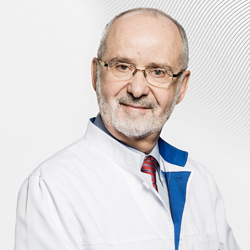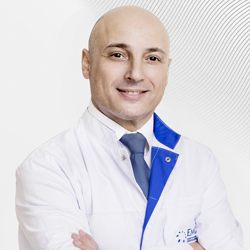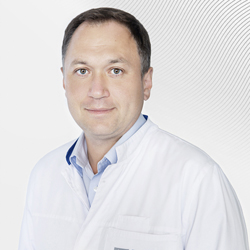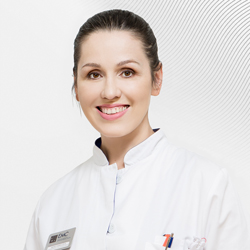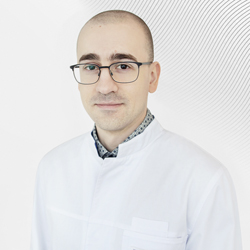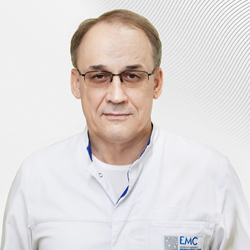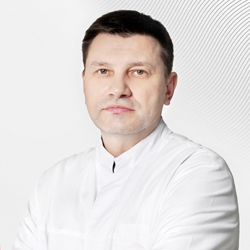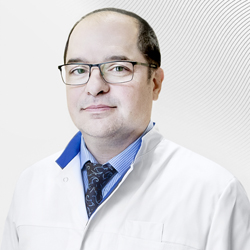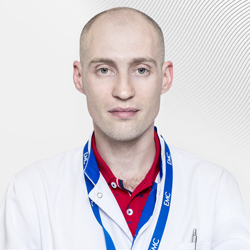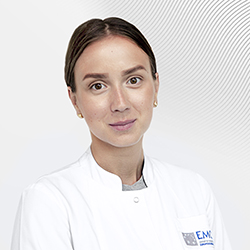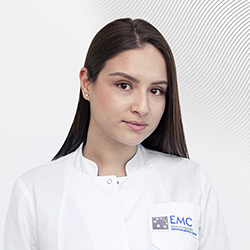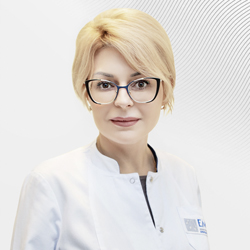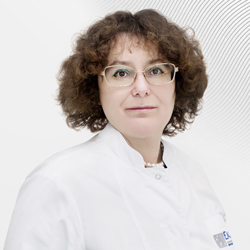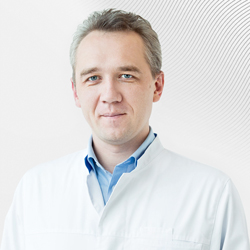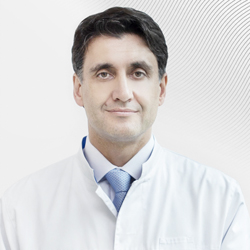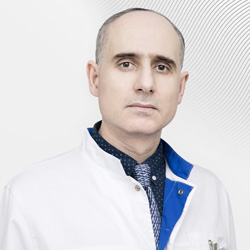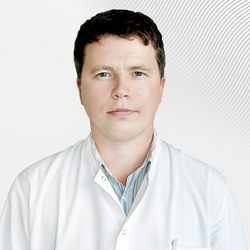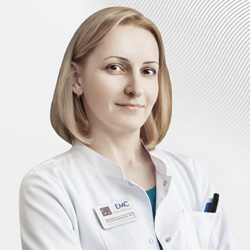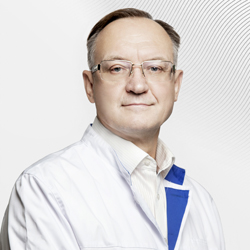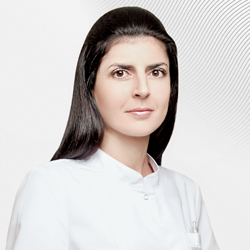Every year in Russia there are about 500,000 new cases of cancer diagnosed, but unfortunately, more than half of them are in the later stages. Moreover, if a tumor is found in the first or second stages of disease, it can be cured in about 95% of cases. Professor Yevgeni Libson, member of the International Cancer Imaging Society, the North American Society of Radiologists, the Royal College of Radiologists, the European Group for Breast Cancer Screening, and specialist in cancer diagnostics at the European Medical Center, discusses which studies are important for timely diagnosis of malignant tumors.
Dr. Libson, why is early diagnosis so important?
Unfortunately, in Russia the system for cancer screening is ineffective. Meanwhile, with timely detection mortality can be reduced by 80% for the most common types of cancer.
Which cancers are we talking about?
First of all, breast cancer: the most common cancer in women.
Today we have a whole arsenal of diagnostic tools to detect breast cancer in the earliest stages, beginning with digital mammography and tomosynthesis. This is a technique proven to increase diagnostic efficacy by 20% when compared with conventional mammography. Second is ultrasound, which should be performed by an experienced physician using expert-level equipment. It is important to know that an ultrasound is not a screening method, but an additional procedure used to clarify a diagnosis and does not replace mammography. The third is breast MRI. As a rule, this is performed on young women with a genetic predisposition to breast cancer: carriers of gene mutations BRCA 1 and BRCA 2.
In cases where suspicious areas have been found on ultrasound or mammogram, a biopsy is performed. It is important to perform not only a cytological examination (study of the cells) but also a histological examination, which gives a more complete picture of the disease, including morphological structure, hormonal status, and the presence of estrogen and progesterone receptors. These data are crucial in selecting the proper treatment.
If the tumor is visible on MRI but not visible on ultrasound or mammogram results, we will perform an MRI-guided biopsy. Our clinic was the first in Russia to begin performing these studies.
How often should women undergo these studies?
In most Western countries, screening for breast cancer begins at age 40. Yearly mammograms are performed, and they must be in 4 projections. A number of women have very dense mammary glands, which is known as fibrocystic breast disease. Contrary to popular belief, this is not a disease but the state of the mammary glands. However, it can interfere with accurate diagnosis. For these women, a mammogram alone is not sufficient and ultrasound must also be performed.
What other diseases can be detected by screening?
The second most frequent cancer in women is cervical cancer. If a woman has regular wellness exams with PAP tests, this provides screening for cervical cancer. In most cases, oncogenic types of the human papillomavirus cause cervical cancer. Today, prevention against this virus is available in the form of a vaccine.
One of the most common diseases in men is prostate cancer. Annual blood tests for prostate-specific antigen (PSA) levels are recommended beginning at age 50. If the disease is diagnosed, more studies are needed to determine what type of treatment is indicated for the patient. Sometimes surgery is not enough and radiotherapy is needed. In some cases, radiation therapy may be as effective as surgery.
Colonoscopy (examination of the colon) should be performed every five years beginning at age 50. This is an international recommendation. If a person has risk factors for colon cancer, things such as polyposis or ulcerative colitis, he is already under the supervision of a gastroenterologist, who will send him for a study.
Patients are often afraid of this procedure.
A colonoscopy should not be performed without sedation; this is a relic of the past. Additionally, there is an alternative method: CT colonography, or virtual colonoscopy, as it is called. This is a multispiral CT with very thin slices. This method does not cause any discomfort, and has a diagnostic sensitivity of 90% for polyps greater than 1 cm. If the patient's first colonoscopy revealed no abnormalities, future screening may be performed by CT colonography.
Recently, there is a lot of talk about using CT to screen for lung cancer.
Indeed, studies in the US and Europe show that using CT for the early detection of lung cancer lowers mortality from this disease by 20%. This is a huge figure. This is a special technique, a low-dose CT, which allows the CT to be performed with a radiation dose equivalent to about one x-ray picture.
Who should have this study?
We know that out of every seven lung cancer patients, six of them are long-time smokers. In addition to the early detection of cancer, there is another clear advantage to low-dose CT: the person who comes to have this study will think about quitting smoking. I worked on this project in Israel, and approximately 30% quit smoking, realizing it was possible to reduce their risk even by quitting at age 50. It is important to recognize that if lung cancer is detected in the first stage, 97% of cases can be cured. But it can never be cured if found in later stages.
You were one of the experts in the creation of The Department of PET and Radiotherapy at the European Medical Center. Tell us how PET diagnostics are used?
Cancer treatment today is impossible without PET diagnostics. It is the main method used to estimate disease prevalence at the cellular level. Unlike CT and MRI, which show anatomical changes, PET is a molecular diagnostic tool and shows the tumor's metabolism. Malignant tumors are characterized by the active consumption of glucose from the blood. PET diagnostics are based on finding areas in the body with accelerated glucose processing. Once we see such an area, we understand that it is most likely a malignant tumor, and using simultaneous CT, can see exactly where it is located.
It used to be that a patient underwent six cycles of chemotherapy, followed by re-examination. Today, we can do a PET-CT scan after a month of treatment to see whether the drug is effective, or whether it must be changed.
We have come to what is called a tailored approach: individualized treatment. Today we working toward gaining a full genetic profile of the tumor in order to, as is the case of antibiotics, determine the drugs to which a tumor will be sensitive.
For example, after performing a biopsy for lung cancer, we conduct a genetic analysis of the tumor. And we know that if a patient has a mutation of specific genes, he can be treated with pills and does not need surgery.
Today, everything is moving towards individualized medicine, individual selection of drugs and treatment strategies. This is an area which is going to continue to develop, and which we hope will help find answers to many problems related to cancer treatment.

 Write to WhatsApp
Write to WhatsApp